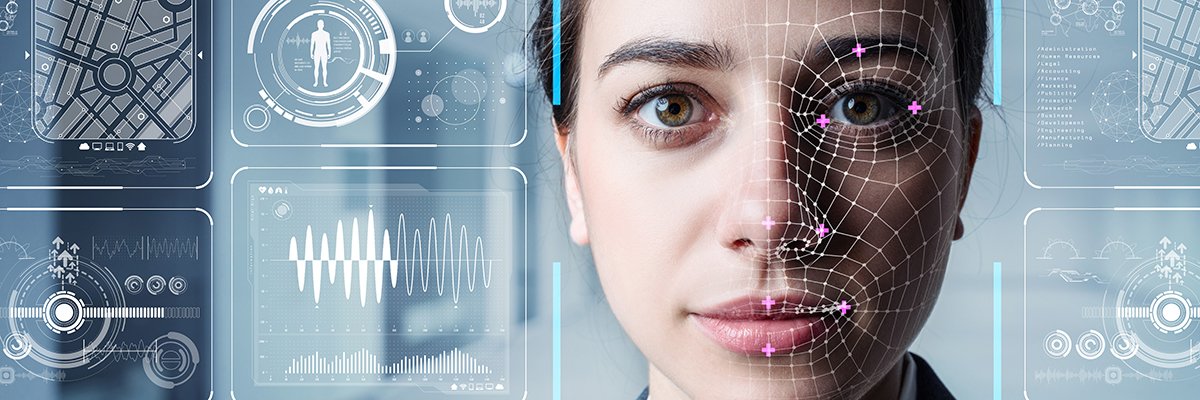Exploring the Future of Eye Tracking Technology in Virtual Reality (VR)
Eye tracking technology has been making waves in the tech industry, with various applications ranging from medical research to computer gaming interfaces. The incorporation of eye tracking into virtual reality (VR) headsets has opened up a world of possibilities for improved graphics, new user experiences, and more adaptive training programs.
HTC was one of the first companies to integrate eye tracking into its VR headset in 2017, followed by Apple’s inclusion of the technology in the Vision Pro spatial computing platform in 2024. Other major players in the VR headset market, such as Sony, HP, Pico, and Pimax, are also exploring the use of eye tracking hardware and chips from Tobii, a leading innovator in eye tracking technology.
The technology behind eye tracking in VR is fascinating, as it involves monitoring the rapid and delicate movements of the eyes to identify what the user is looking at and understand what is happening within their mind and body. Early eye tracking techniques were invasive and complex, but modern eye trackers use infrared light and multiple cameras to track eye movements in a process called video oculography.
One of the key benefits of eye tracking in VR is dynamic foveated rendering, which enhances image quality for the area of the retina with the highest sensitivity. This technology has the potential to revolutionize user experiences in VR, with applications ranging from interactive virtual objects to more immersive gaming experiences.
However, there are still obstacles to overcome in the widespread adoption of eye tracking technology. Issues such as latency, lighting conditions, and user comfort need to be addressed to ensure a seamless and natural interaction with eye tracking interfaces. Additionally, privacy concerns surrounding the collection of data on users’ eye movements must be carefully managed to protect user privacy.
Despite these challenges, the future of eye tracking technology in VR looks promising. Improved eye tracking capabilities could lead to advancements in medical diagnostics, drug development, and telehealth services. Enhanced user experiences, adaptive gaming, and remote patient monitoring are just a few of the potential applications of this groundbreaking technology.
As the tech industry continues to innovate and push the boundaries of what is possible, eye tracking technology in VR is poised to play a significant role in shaping the future of immersive experiences and interactive interfaces.
